Search the Special Collections and Archives Portal
Search Results
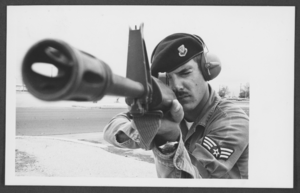
Photograph of Sargeant Larry McLean, in a marksmanship contest, Vandenberg Air Force Base, California, October 6, 1976
Date
1976-10-06
Archival Collection
Description
Sgt. Larry McLean, representative for Nellis Air Force Base (Nevada), aiming an M-16 rifle during a worldwide marksmanship contest at Vanderberg Air Force Base, California.
Image

Photograph of military personnel with a damaged car, Nellis Air Force Base, Nevada, circa 1970s
Date
1970 to 1979
Archival Collection
Description
Military personnel standing next to a car with its rear bumper and trunk smashed in and rear window missing , Nellis Air Force Base, Nevada. Site Name: Nellis Air Force Base (Nev.)
Image
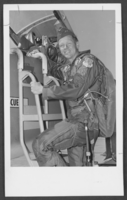
Photograph of military personnel and his plane, Nellis Air Force Base, Nevada, circa 1970s
Date
1970 to 1979
Archival Collection
Description
An airman posing with his plane, Nellis Air Force Base, Nevada. Site Name: Nellis Air Force Base (Nev.)
Image
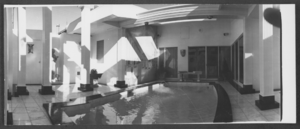
Photograph of Wilbur Clark's private swimming pool at his home, Las Vegas, Nevada, circa 1950s.
Date
1950 to 1959
Archival Collection
Description
Wilbur Clark's private swimming pool at his home, located adjacent to the Desert Inn golf course, Las Vegas, Nevada, circa 1950s.
Image

Photograph of Wilbur and Toni Clark, Las Vegas, Nevada, circa 1950s
Date
1950 to 1959
Archival Collection
Description
Wilbur Clark (back 2nd from left) and his wife Toni (front, seated, 2nd from left) entertain foreign visitors, Las Vegas, Nevada, circa 1950s. (see photo # 0302 0234) The visitors from Nealpal are pictured in the Clark home. The man standing at the far right is Bob Notti. Circa 1950s.
Image
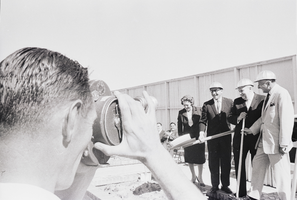
Film transparency of Dunes Hotel groundbreaking ceremony, Las Vegas, October 20, 1962
Date
1962-10-20
Archival Collection
Description
People attending the groundbreaking ceremony for the Dunes Hotel tower in Las Vegas, Nevada. Site Name: Dunes Hotel and Casino (Las Vegas, Nev.)
Image

Film transparency of Dunes Hotel groundbreaking ceremony, Las Vegas, October 20, 1962
Date
1962-10-20
Archival Collection
Description
People attending the groundbreaking ceremony for the Dunes Hotel tower in Las Vegas, Nevada.
Image
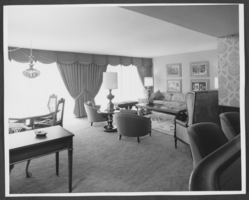
Photograph of the Dunes Hotel rooms, Las Vegas, circa 1950s
Date
1950 to 1959
Archival Collection
Description
A guest suite inside of the Dunes Hotel in Las Vegas, Nevada.
Image
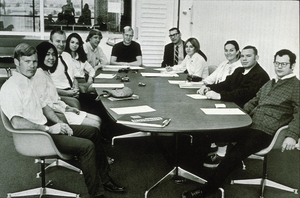
Slide of Student Union Board, University of Nevada, Las Vegas, circa 1969
Date
1967 to 1971
Archival Collection
Description
UNLV Student Union Board seated around a table in a meeting room in the Moyer Student Union.
Image
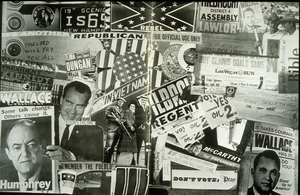
Slide of a page from yearbook, University of Nevada, Las Vegas, circa 1968
Date
1968 to 1969
Archival Collection
Description
Political collage featuring campaign materials from the 1968 U.S. presidential election, and newspaper pages, parodies, bumper stickers of that era.
Image
Pagination
Refine my results
Content Type
Creator or Contributor
Subject
Archival Collection
Digital Project
Resource Type
Year
Material Type
Place
Language
Records Classification
